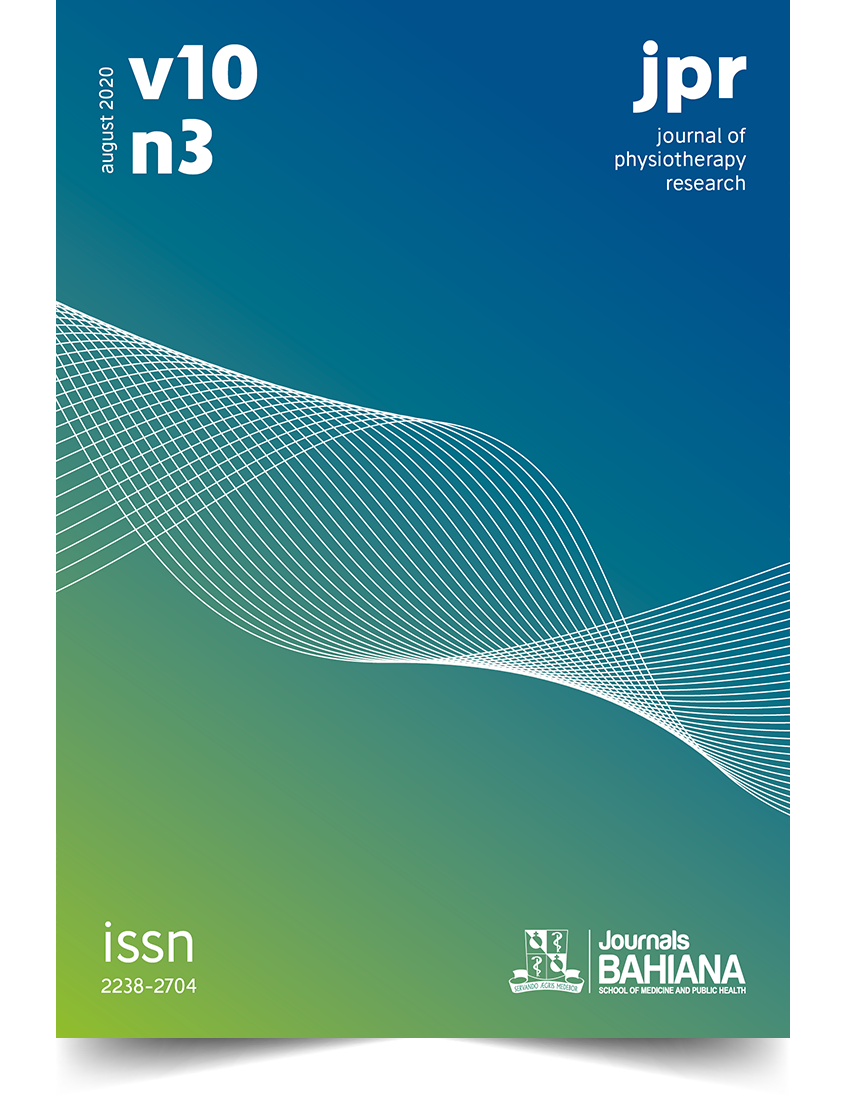Profile of workers with lumbar affections attended at a health service
DOI:
https://doi.org/10.17267/2238-2704rpf.v10i3.2931Keywords:
Spinal diseases. Lumbar Pain. Worker's health. Health Service. Public Health.Abstract
INTRODUCTION: The changes in the world of work haved a significant impact on tasks, capturing versatility and increasing the pace of work, causing an increase in low back pain. OBJECTIVE: To describe the profile of workers with low back pain treated at a unit specialized in Occupational Health in Baixada Santista. METHODS: This is an observational cross-sectional and exploratory study. A documentary analysis of the open records of workers attended at the Reference Center for Occupational Health (CEREST), in Santos-SP, from July 2014 to July 2015 was carried out, with a list of low back pain and diagnosis in the following clinical methods for “Other dorsopathies” (M51 to M54) according to ICD-10. The data were selected: demographic, clinical variables, professional categories, among others. RESULTS: Of the 502 medical records, 21.9% (n = 110) reported complaints of low back pain and clinical diagnosis by ICD-10. There was a predominance of females (58.2%), aged between 35 and 45 years (50.9%) and low education, with incomplete primary education (35.4%). Still, 23.7% of individuals were absent from work and 85.0% were registered on the work card (CLT). The most prevalent professional categories were domestic services, 28.3% (n = 31) and cleaning activities, 19.1% (n = 21). Of the subjects, 68.2% had assistance from physiotherapists. CONCLUSION: The prevalence was higher in women, in workers trained and away from work, in the sector of domestic services and cleaning activities, in low education and in the age group considered productive for work.Downloads
Download data is not yet available.
Downloads
Published
07/23/2020
Issue
Section
Original Articles
How to Cite
1.
Simas JMM, Ramos M do CVA, Souza FG de, Alencar M do CB de. Profile of workers with lumbar affections attended at a health service. Rev Pesq Fisio [Internet]. 2020 Jul. 23 [cited 2024 Nov. 24];10(3):385-92. Available from: https://journals.bahiana.edu.br/index.php/fisioterapia/article/view/2931



